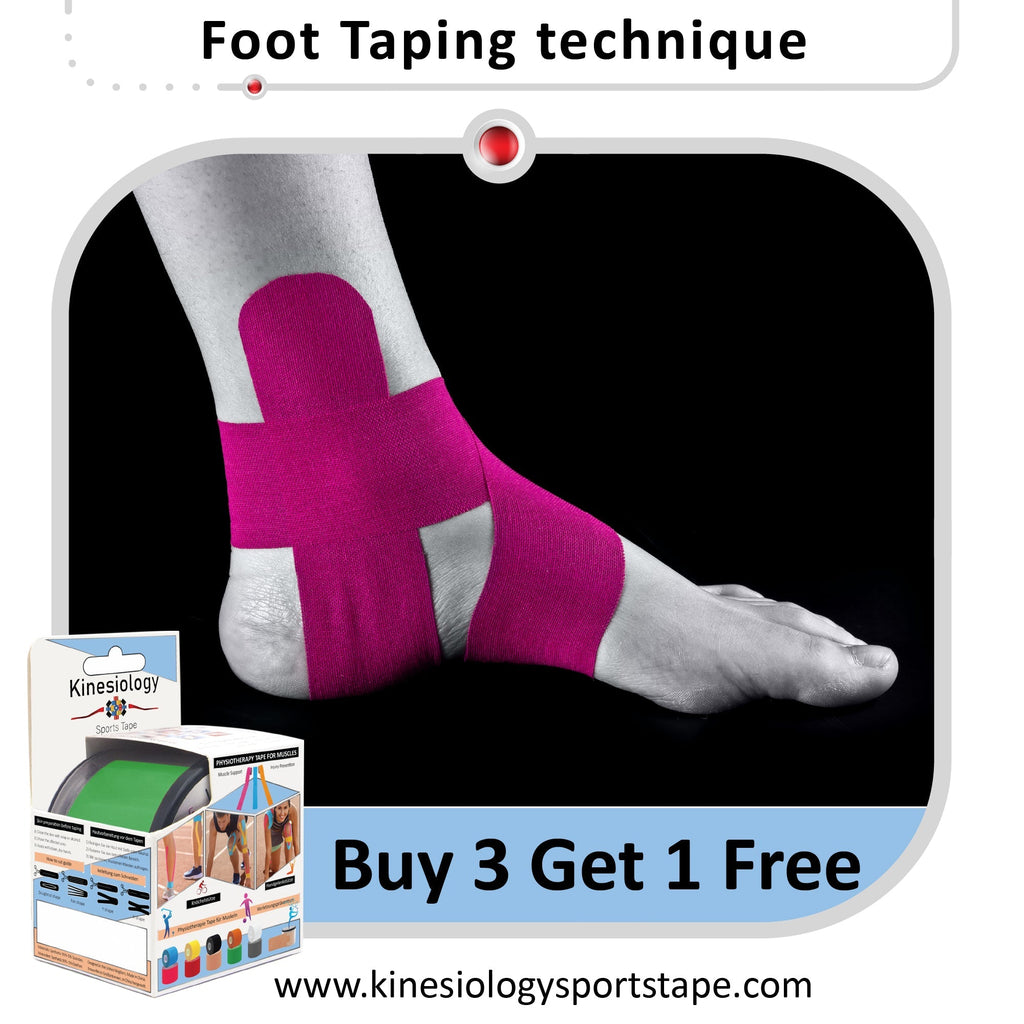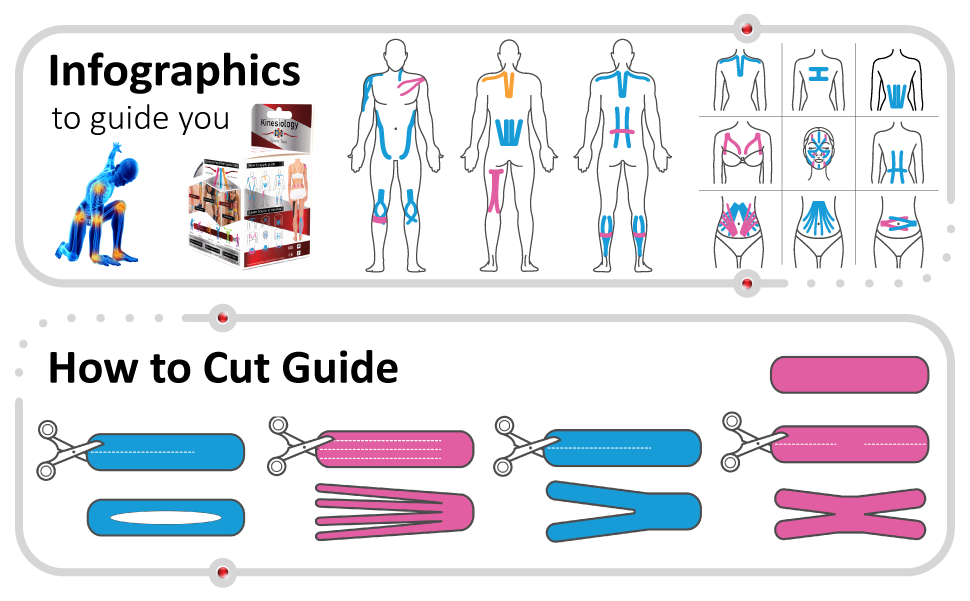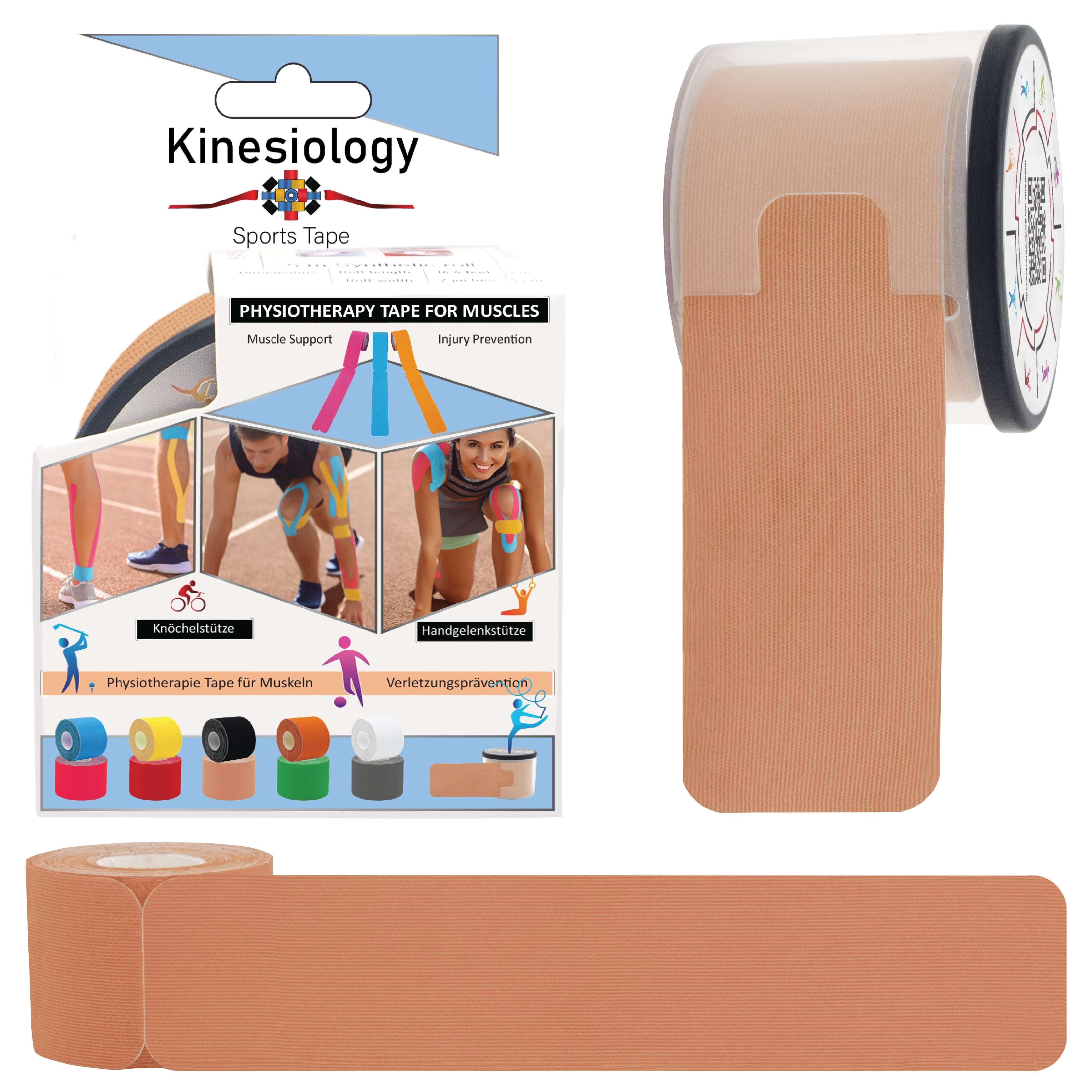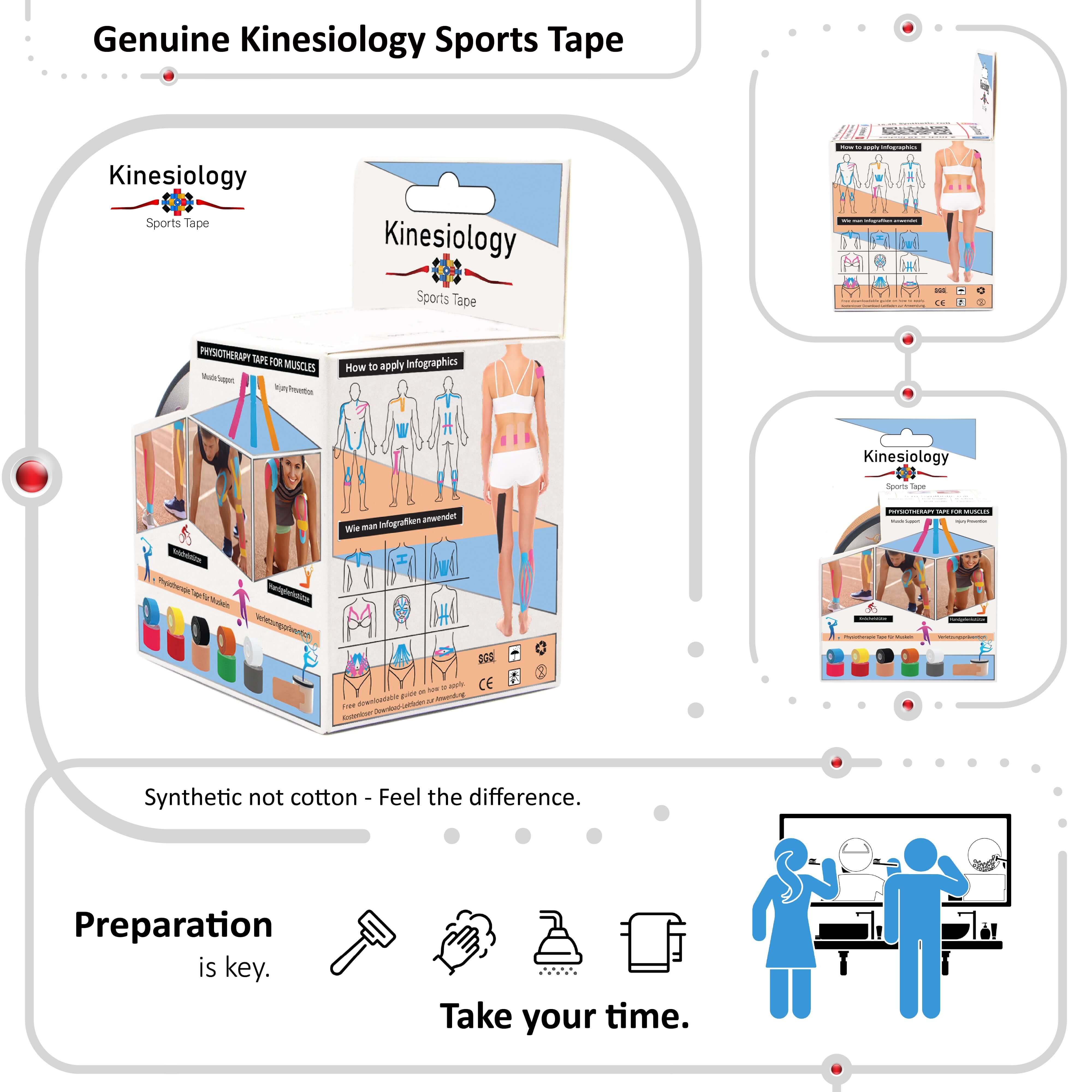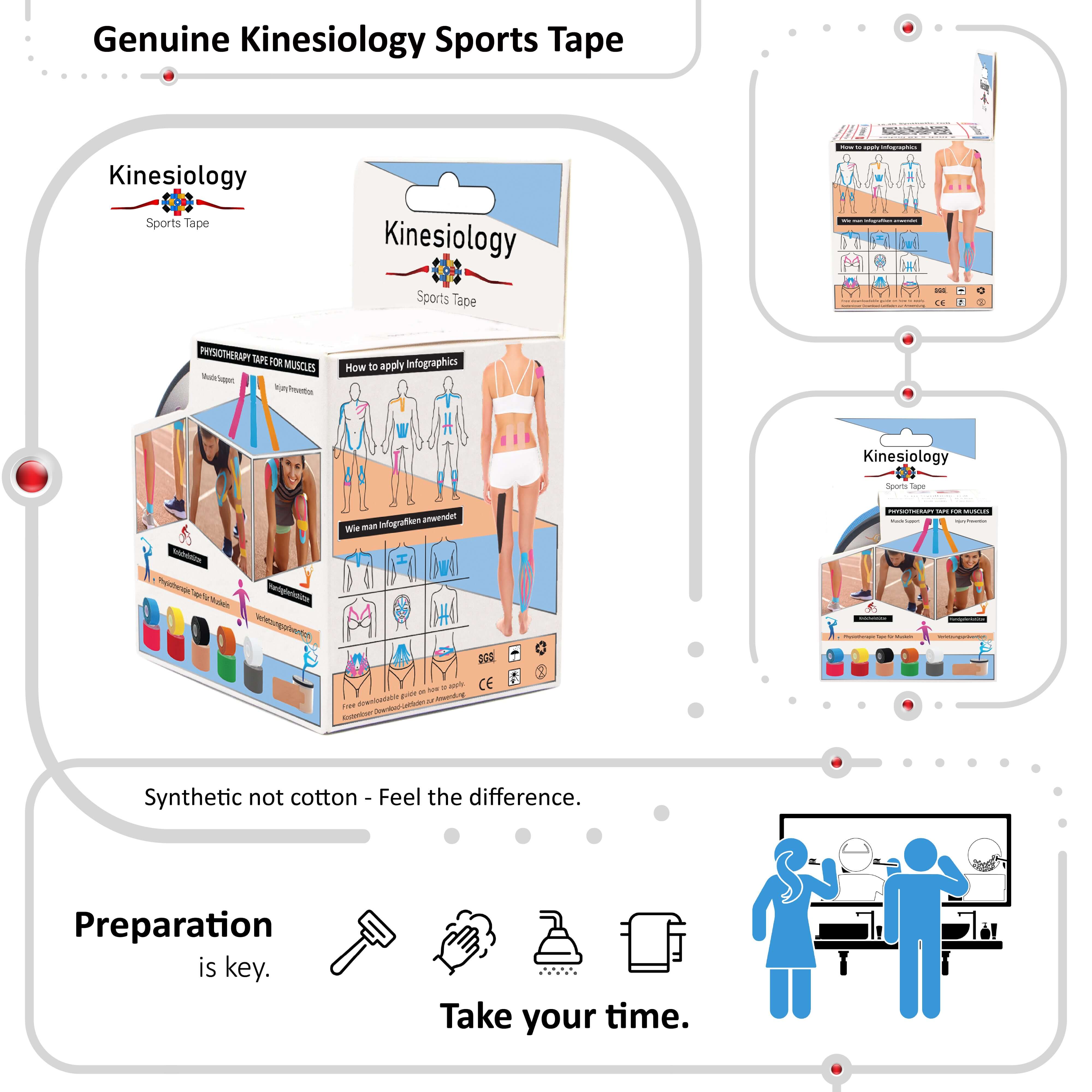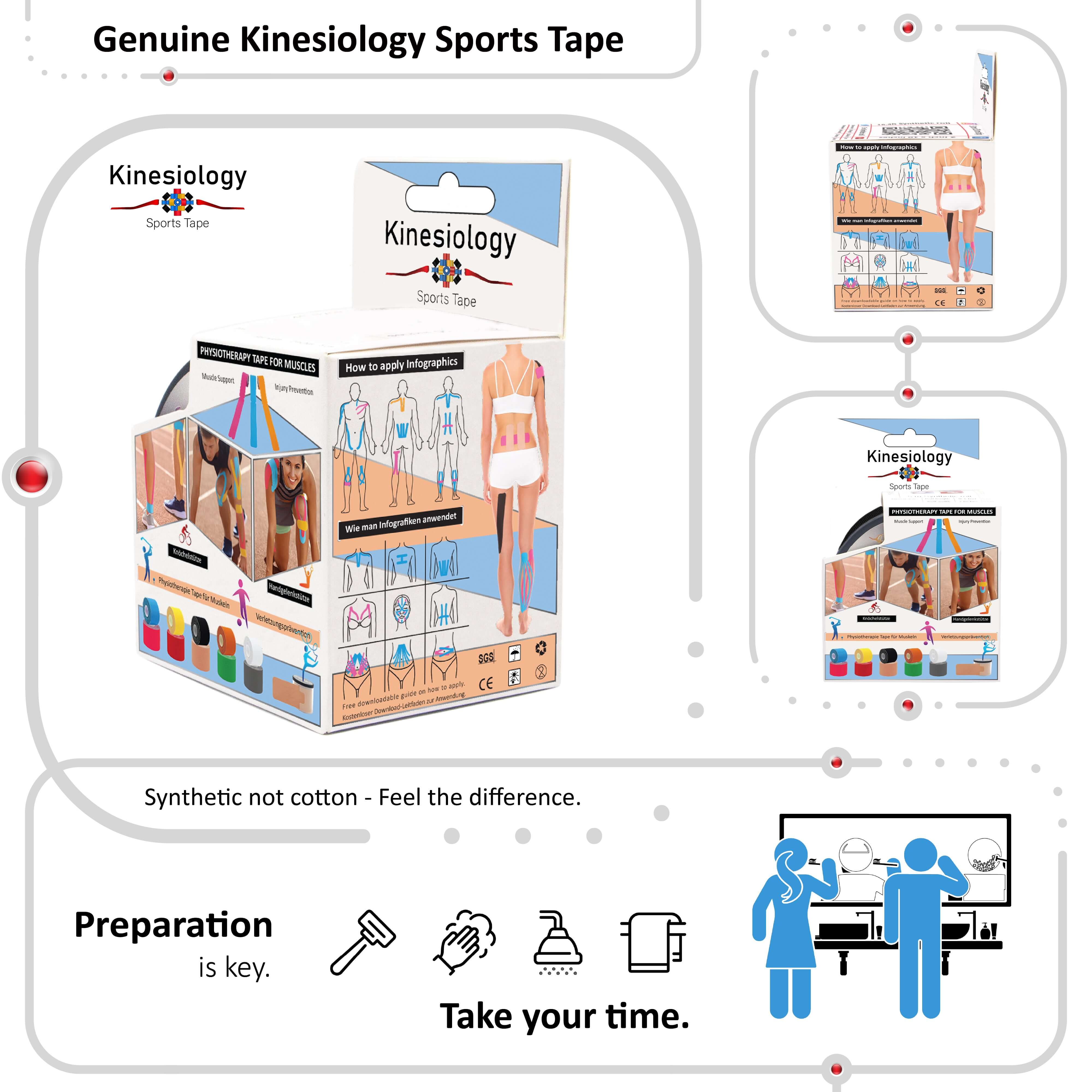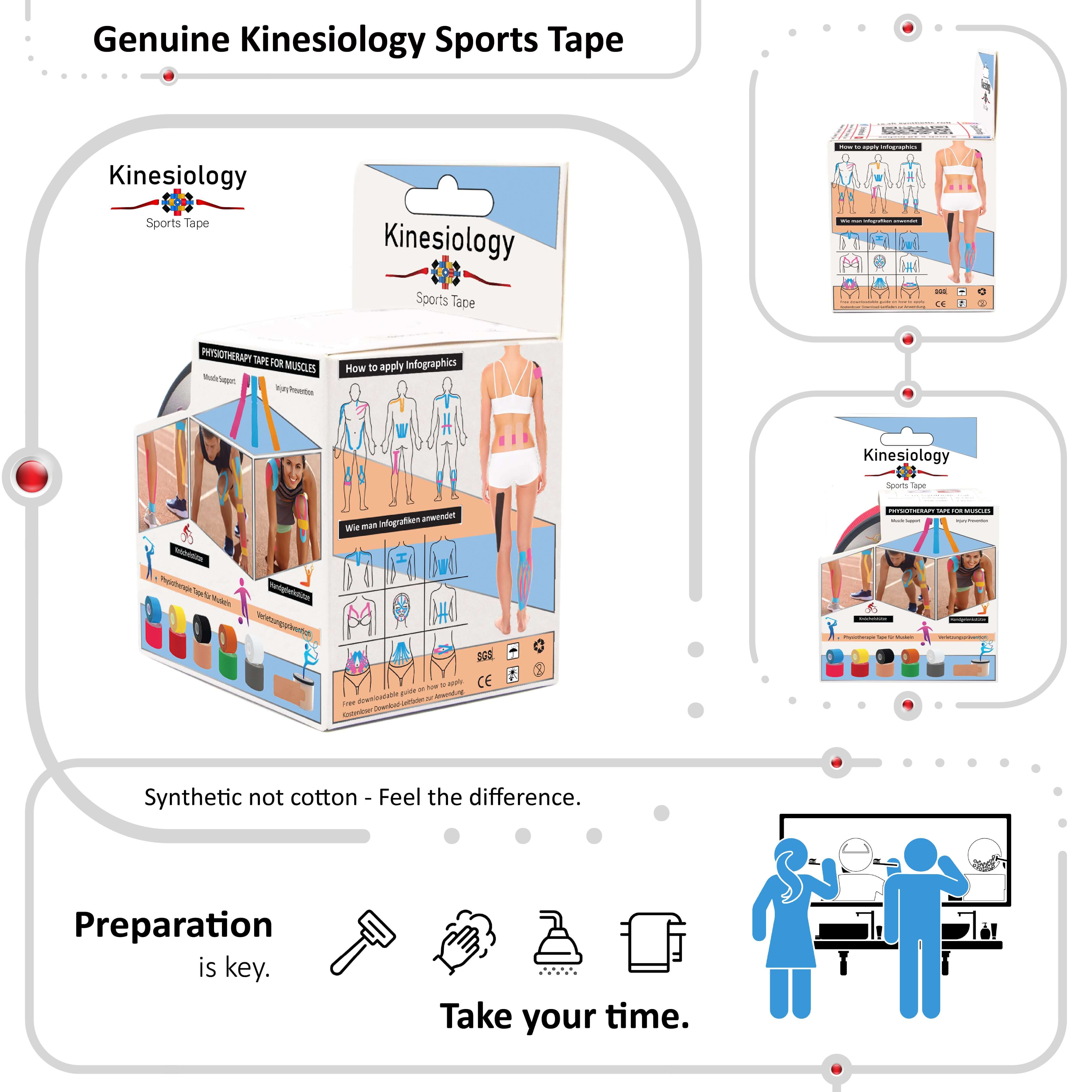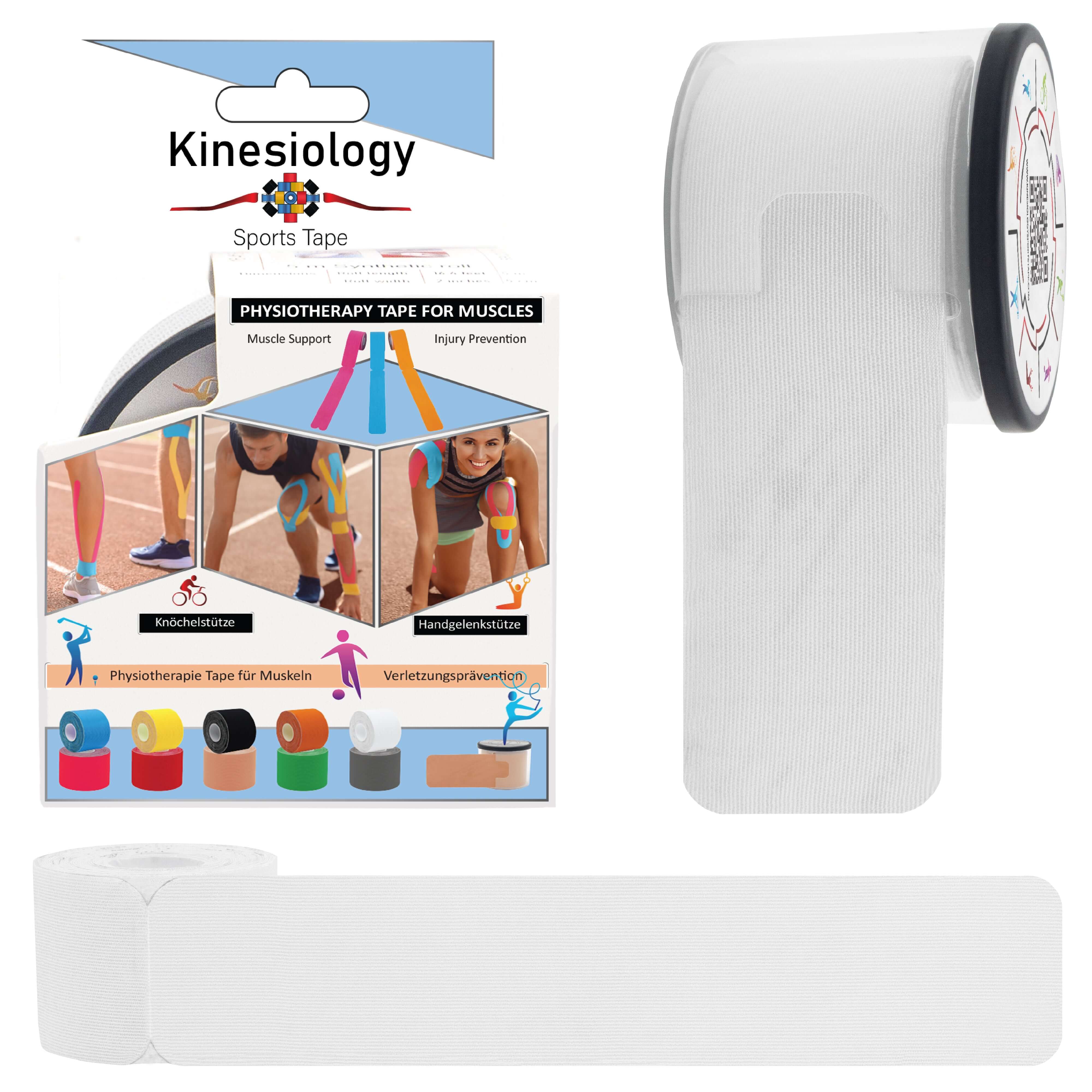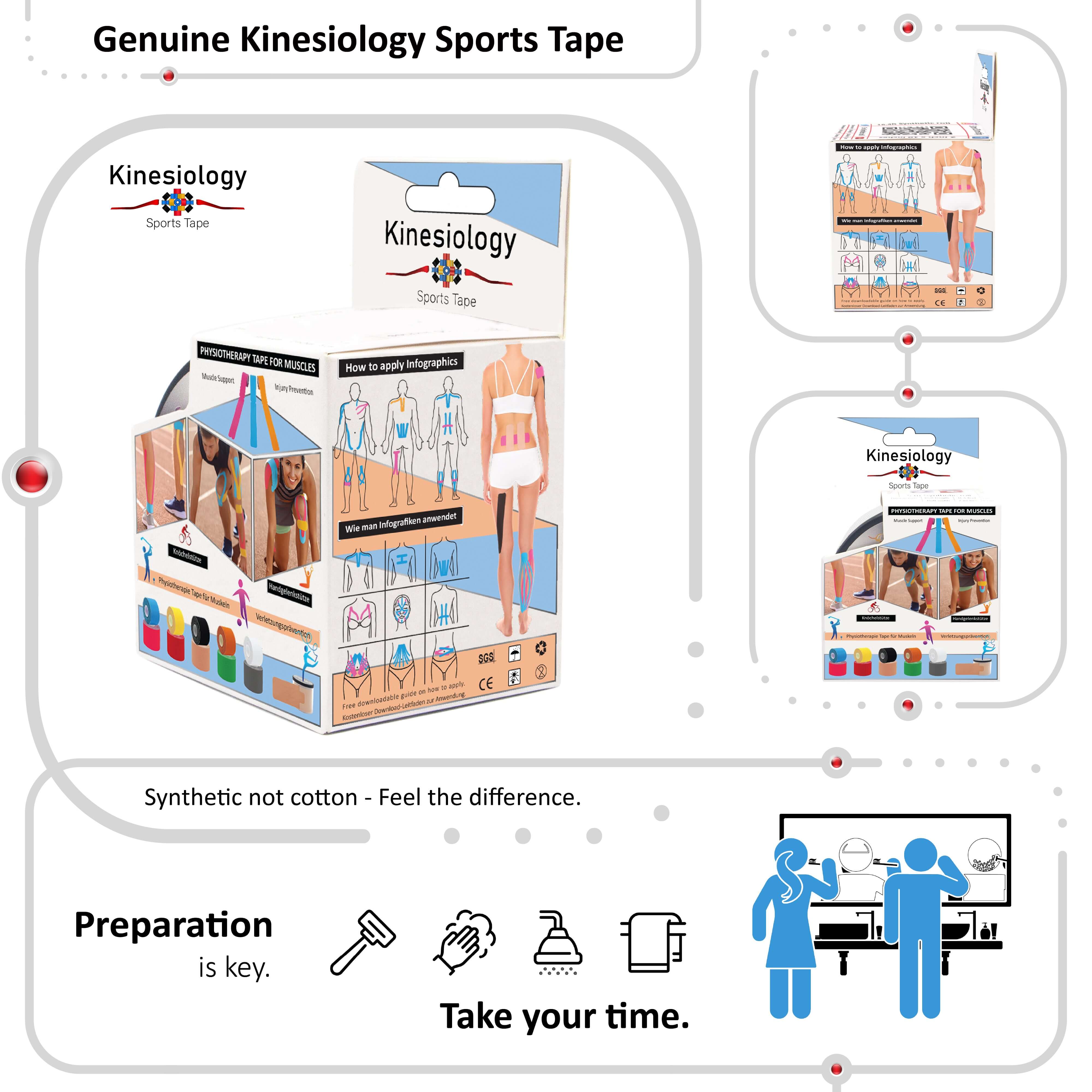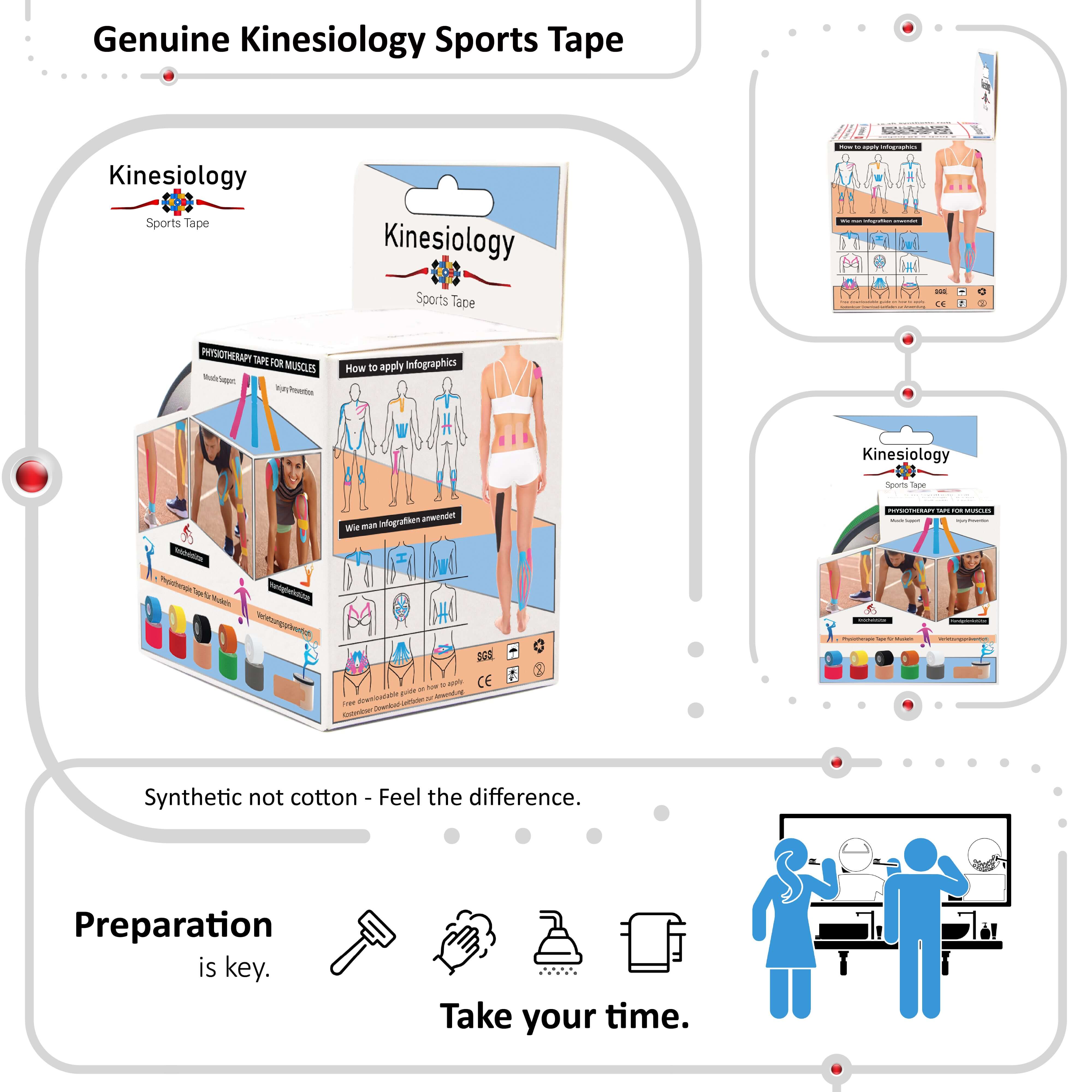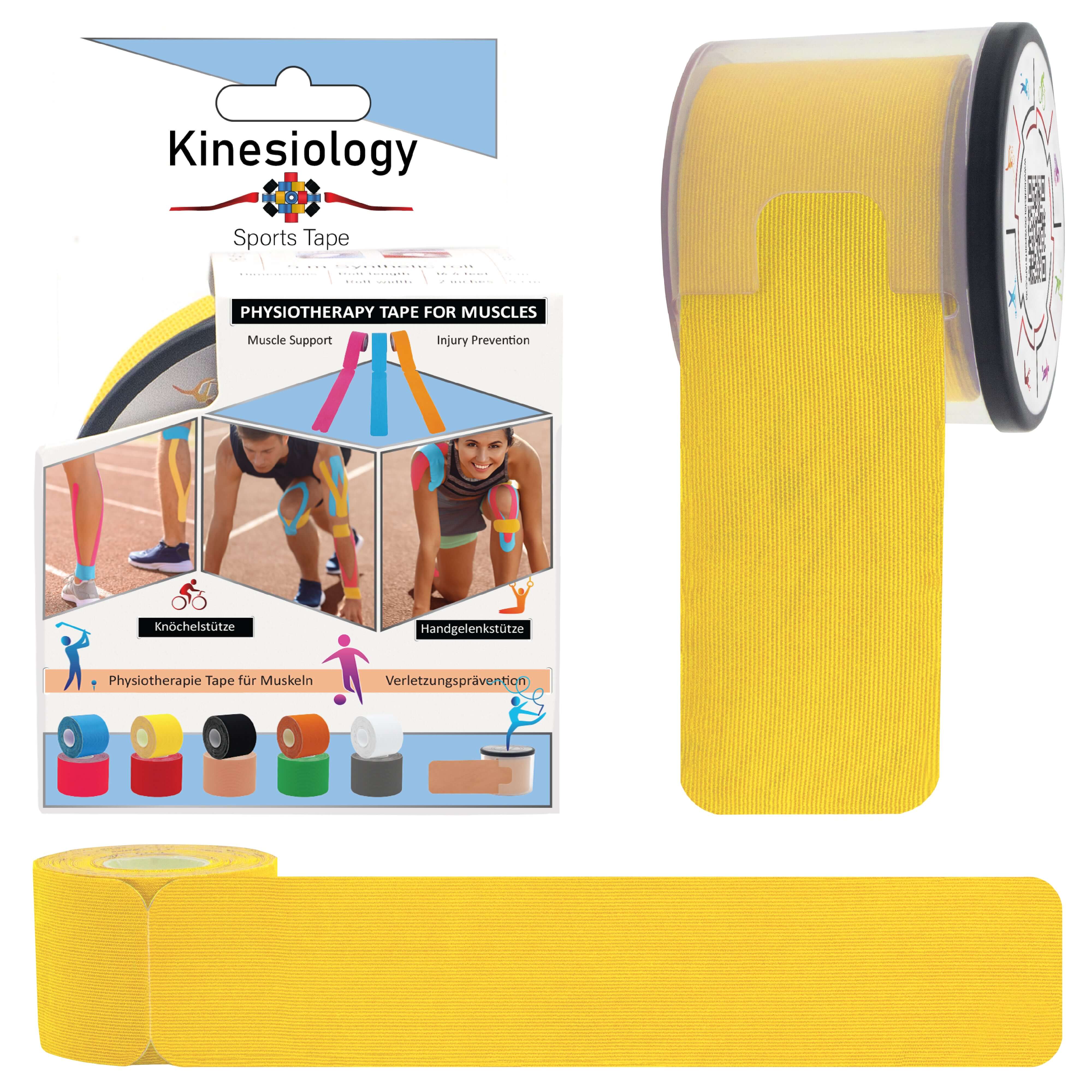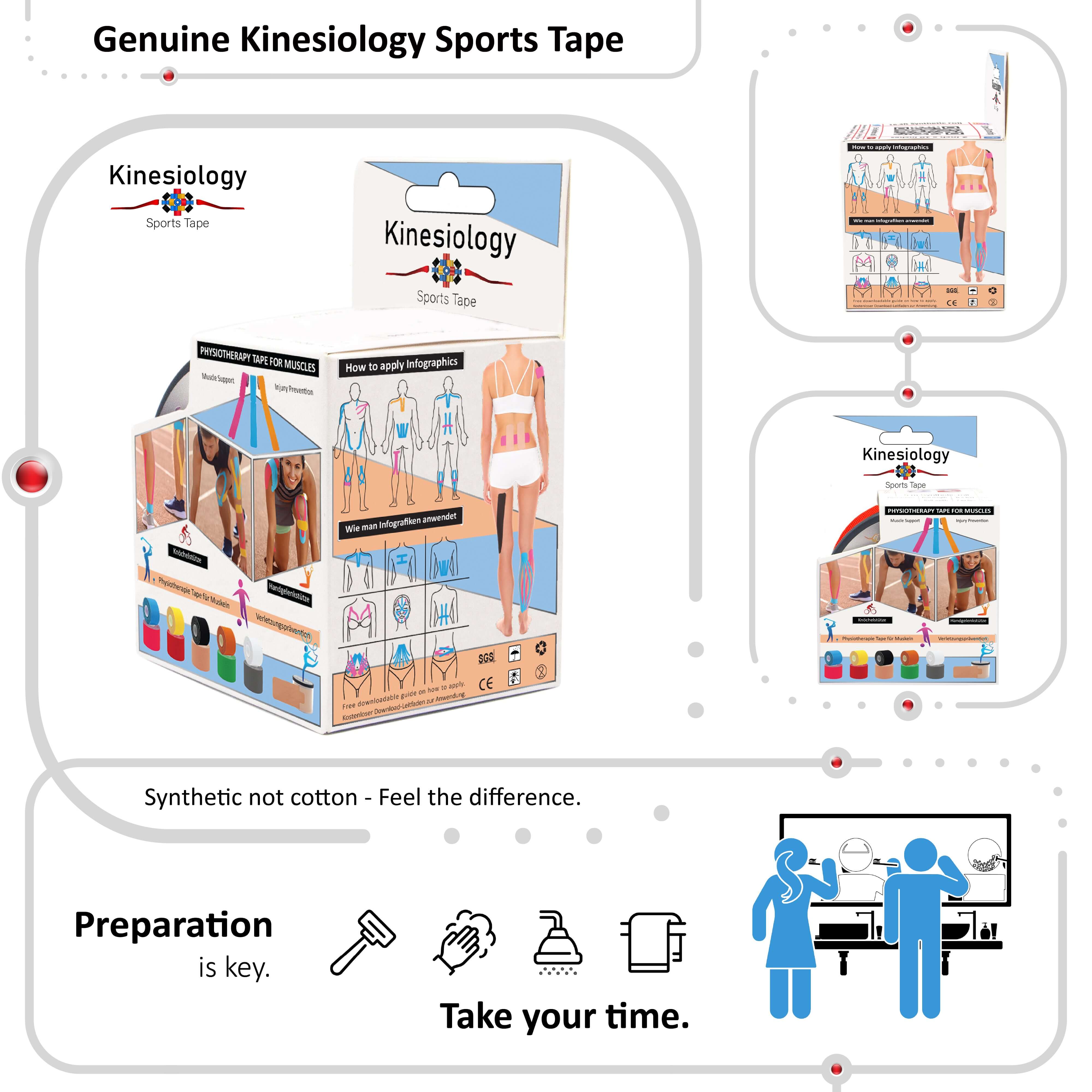
Categories
RECENT POSTS
Kinesiology Tape for Plantar Fasciitis: Complete Pain Relief and Recovery Guide
0 CommentsKinesiology Tape for Knee Pain: Complete Relief Guide for Athletes and Active Individuals
0 CommentsHow to Apply Kinesiology Tape: Complete Step-by-Step Guide for Beginners and Professionals
0 CommentsTags
- 2023
- anchor
- ankle
- application
- ar
- arm
- backless dress
- basketball
- boob tape
- bra
- bruising
- carpal tunnel syndrome
- Chakra
- christmas
- chronic pain
- crossfit
- cycling
- Dreamcatcher
- Ehlers Danlos
- elbow pain
- exercise
- eyes
- face
- feet
- Feng Shui
- first aid
- fitness
- foot pain
- foot pain taping
- golf
- golfers elbow
- gym
- hand
- head
- heel pain relief tape
- how to apply kinesiology tape
- how to tape
- Iliotibial band
- ITB
- Jill Smith
- kinesiology tape
- kinesiology tape application
- kinesiology tape knee pain
- kinesiology tape plantar fasciitis
- kinesiology taping knee
- kinesiology taping techniques
- knee
- knee pain relief tape
- knee support tape
- KST instructions
- KST tape correctly
- KT tape
- KT tape knee
- Ladies Football
- Latin
- legs
- Lionessess
- neck
- new year
- pain
- patella
- plantar fasciitis tape
- plantar fascitis
- precut
- pregnancy
- running
- safety
- shin
- shoulder
- sleep
- stick
- stretching
- summer
- swimming
- Talisman
- tape
- taping
- tennis
- therapeutic taping guide
- training
- valentines day
- Viking
- weight lifitng
- weights
- what is tape
- wimbledon
- winter
- work
- wrist
What Kinesiology Tape Does

If you've ever watched an athletic event or visited a physical therapist, you've likely seen people sporting brightly colored strips of tape on their bodies. This isn't a fashion statement—it's kinesiology tape, a therapeutic tool used to aid in injury prevention and recovery. But what exactly does kinesiology tape do, and how does it work? Let's dive into the details.
What is Kinesiology Tape?
Kinesiology tape is a stretchy, elastic tape made from cotton and nylon. It's designed to mimic the elasticity of human skin, allowing it to move with the body. The tape has an adhesive backing that is both strong and gentle, sticking to the skin while being breathable and water-resistant. This makes it suitable for use during physical activities, including swimming and sweating.
How Does Kinesiology Tape Work?
The primary function of kinesiology tape is to provide support and stability to muscles and joints without restricting movement. Here’s a closer look at how it works:
-
Pain Reduction:
- Mechanism: Kinesiology tape lifts the skin slightly away from the underlying tissue, creating a microscopic space between the skin and the muscles.
- Effect: This decompression effect reduces pressure on pain receptors in the area, helping to alleviate discomfort.
-
Improved Circulation and Fluid Dynamics:
- Mechanism: The tape’s lifting effect also helps to improve blood and lymphatic circulation in the taped area.
- Effect: Better circulation reduces swelling and inflammation, promotes healing, and enhances the removal of waste products from the tissues.
-
Enhanced Muscle Function:
- Mechanism: Kinesiology tape provides feedback to the body, which can help improve muscle coordination and support weak or injured muscles.
- Effect: This proprioceptive input encourages more efficient muscle activation and movement patterns.
-
Joint Support:
- Mechanism: By applying the tape in specific patterns, it can help support joint function without limiting the range of motion.
- Effect: This support is beneficial for both preventing injuries and aiding recovery by stabilizing joints and enhancing proprioception.
Common Uses of Kinesiology Tape
Kinesiology tape is versatile and used for various applications, including:
- Sports Injuries: Athletes often use it to manage and prevent injuries such as sprains, strains, and overuse injuries.
- Post-Surgical Recovery: Helps reduce swelling and pain after surgeries.
- Chronic Pain Conditions: Provides relief for conditions like tendonitis, bursitis, and arthritis.
- Performance Enhancement: Athletes use it to improve muscle function and support during competition or training.
How to Apply Kinesiology Tape
Applying kinesiology tape can be a bit of an art form. Here are some general tips:
- Clean and Dry the Skin: Ensure the skin is free of oils, lotions, and sweat.
- Round the Edges: Cutting the tape with rounded edges helps prevent it from peeling.
- Apply with Correct Tension: The amount of stretch applied to the tape depends on the goal—more stretch for support, less for pain relief.
- Follow Muscle and Joint Patterns: Apply the tape along the muscle fibers or in patterns that support the joints.
For best results, it’s often recommended to have kinesiology tape applied by a trained professional, especially if you’re using it for the first time or for a specific injury.
Conclusion
Kinesiology tape is more than just a colorful accessory—it's a powerful tool that can help reduce pain, improve circulation, enhance muscle function, and provide joint support. Whether you're an athlete looking to boost performance and prevent injuries, or someone dealing with chronic pain, kinesiology tape offers a non-invasive and effective solution. Always consult with a healthcare professional to ensure it's the right option for your needs and to learn proper application techniques.

